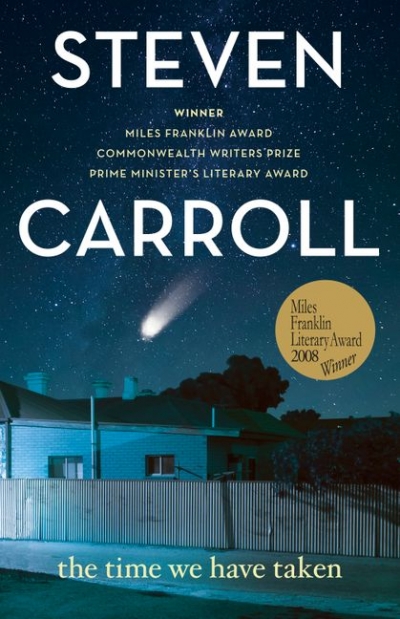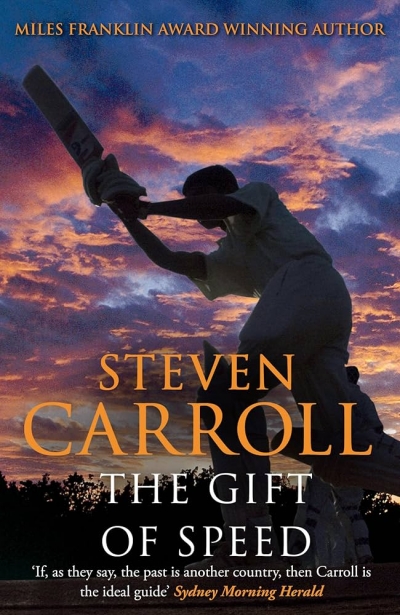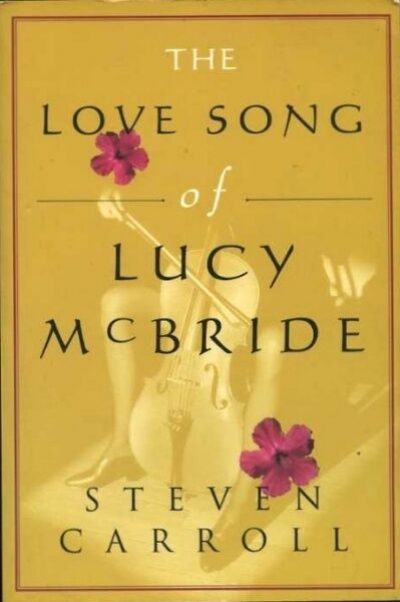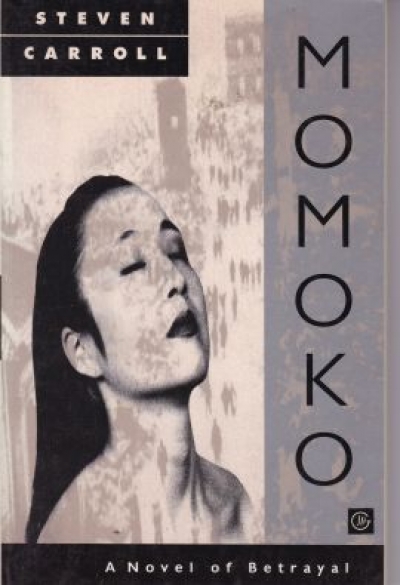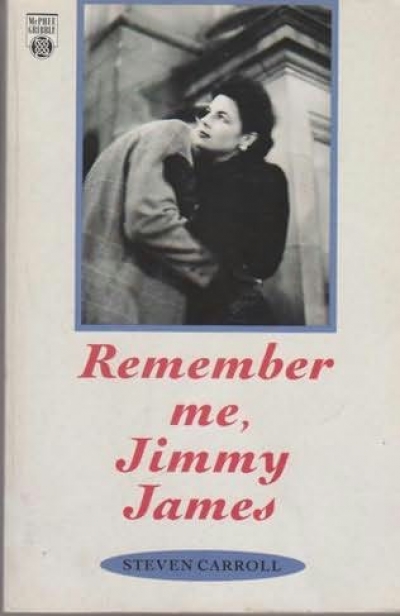Steven Carroll
On 19 June 2008, at a gala dinner held at the State Library of New South Wales, Steven Carroll was announced as the winner of the 2008 Miles Franklin Award for his novel The Time We Have Taken (HarperCollins Australia). On accepting the Award, Steven Carroll said:
... (read more)It’s an extraordinary thrill and an honour – but it’s also daunting to be joining a long list of authors whom you’ve either studied or admired for years. The Miles Franklin comes with the gravitas of a whole literary tradition, and you feel that weight almost instantly.

